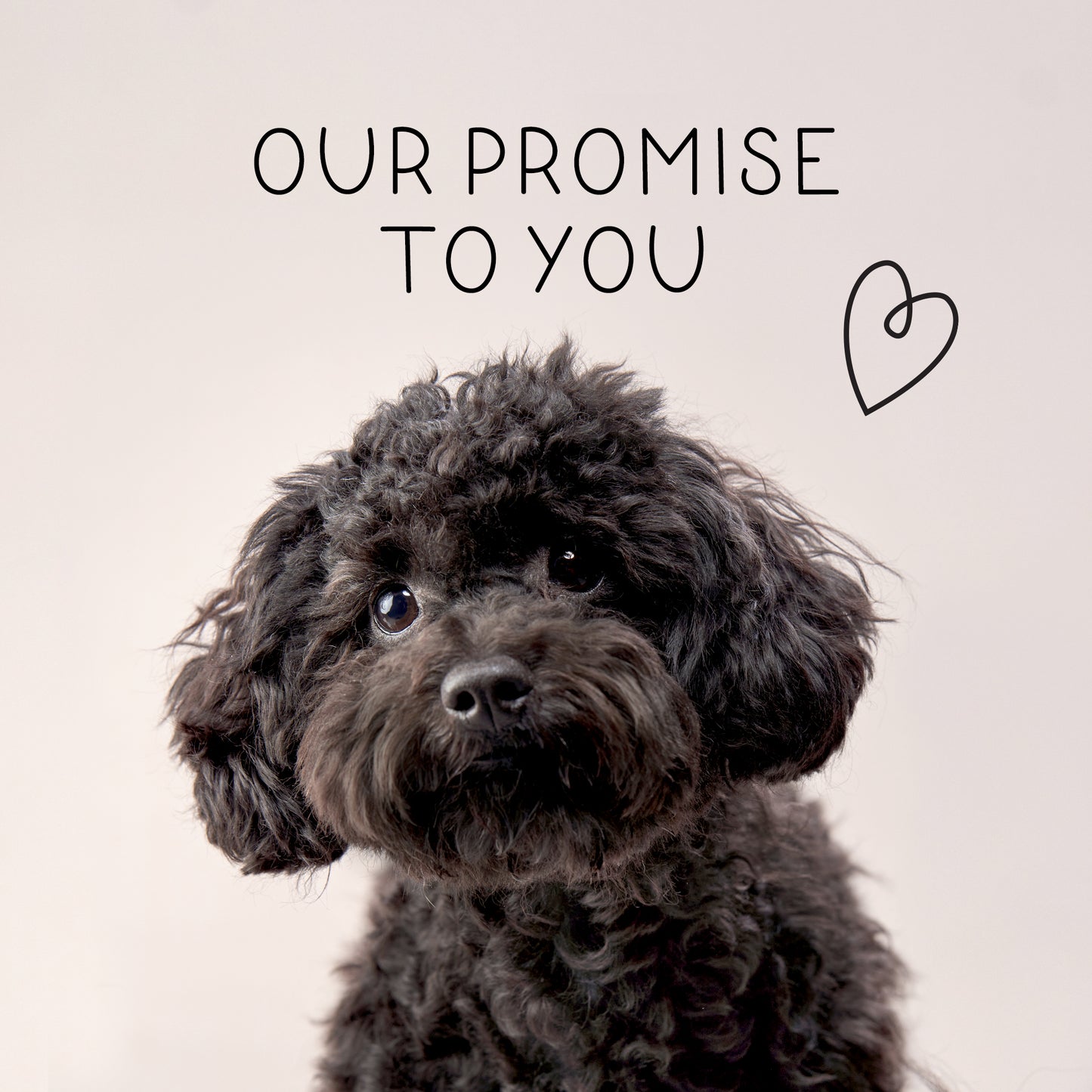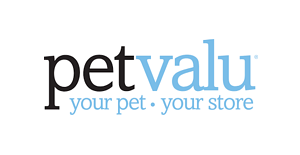If you’re someone who knows that life is better with a dog, but don’t have a pup yet – we only have one question for you: What are you waiting for?! After all, scientific research has shown that owning a dog is good for us physically and emotionally, and can make us happier and healthier people!
Even with all the positives, we do understand why there might be some hesitation when it comes to becoming a dog parent. While welcoming a new pup into your home is certainly an exciting and rewarding experience, it does also come with a lot of responsibilities and some potential challenges.
So, before you make any decisions on the new girl or boy that you want to add to your family, let’s go through the entire dog parent process from choosing the right dog for your lifestyle to building a strong bond with your new four-legged family member.
Top 10 Tips for New Dog Parents
Tip 1: Choose The Right Dog For You: With 200 dog breeds recognized by the American Kennel Club (AKC) and approximately 400 dog breeds listed with registry organizations throughout the world, the first thing you need to do is determine the right dog for you and your lifestyle. Some things to take into consideration are your personality, activity level, living situation, and the amount of time that you can dedicate to training and exercise. For example, high-energy, active dogs like Border Collies and German Shepherds require lots of physical and mental stimulation, while low-energy, calm dogs such as a Bulldog or Pug will be more content with leisurely strolls and time spent lounging around the house.
Tip 2: Consider Adopting or Working with A Responsible Breeder: Once you have your heart set on the type of dog you want to add to your family, consider adopting from an animal shelter or rescue. When you adopt from an animal shelter, you’re not only saving a dog’s life, but you’re also freeing up space and resources for another dog in need. If you prefer to buy a dog, consider purchasing your pup from a responsible breeder. Before buying your dog, it’s a good idea to visit the breeder in person so you can see where the puppy was born, how the puppy is being raised, and how the pup’s parents are being treated.
Tip 3: Set Up Your Home for Your New Pup: Before your new BFF steps foot in your home, make sure it is dog-proofed by removing any dangerous items like toxic plants, electrical cords, and small objects that can be swallowed. You’ll also want to purchase some essential items like a collar, leash, dog bed, crate, treats, toys, food and water bowls, and high-quality dog food. Once you have the basic items ready to go, it’s time to create a comfortable, safe space for your dog with a bed, food and water bowls, and some toys. Pro tip: If there are any parts of your home that will be off-limits for your pup, purchase baby gates to seal off those areas.
Tip 4: Schedule a Vet Appointment for a Wellness Exam: One of the advantages of adopting a dog from a shelter is that the shelter staff will know your dog well and be able to provide important information about your pup’s history and medical needs. When you adopt a dog, it also often includes initial veterinary care and vaccinations. That said, regardless of whether you adopt or purchase your puppy, a wellness exam is necessary to make sure your dog is as healthy as possible before you bring him or her home. This wellness exam is vital to ensuring your new canine companion is happy and healthy. Regular ongoing vet visits will also be crucial for maintaining your dog’s overall health and well-being.
Tip 5: Early Training and Socialization: One of the keys to raising a well-behaved dog is early training and socialization. Before you even begin training, it’s important to create a positive relationship with your dog by building a special bond. Then you can work on socialization, which is more than just meeting other people or dogs – it’s about getting your dog used to different experiences and sounds so that your good boy or girl knows that they’re safe and there’s nothing to be afraid of. While you’re working on socialization, you can also start adding in basic commands like sit, stay, come, and leave. It’s best to keep these training sessions short at first – 5 to 10 minutes maximum – and to always end on a positive note.
Tip 6: Create A Routine: Since dogs thrive on routine, create a consistent daily schedule for eating, going on walks, playtime, and potty training. This predictability will help reduce anxiety and create a sense of security for your dog. Consistency with training commands and rules is also important to avoid any confusion for your pup.
Tip 7: Provide Proper Nutrition: A balanced diet is essential for your dog’s health and well-being. Proper nutrition promotes good quality of life and will help your pup stay healthy. So, choose high-quality dog food that meets the nutritional needs of your dog’s age, size, and activity level. High-quality foods will also help your pup’s skin and coat to be healthier and strengthen your dog’s immune system.
Tip 8: Make Time for Exercise and Mental Stimulation: Along with a balanced diet, exercise is the best way to keep your dog healthy, fit, and to avoid any behavioral problems. A walk everyday will help your pup maintain a healthy digestive and circulatory system, as well as lower blood pressure, build up muscle, and help your dog have healthy bones. Exercise can also help prevent behavioral problems that may stem from your dog being bored or alone in the house or yard. To keep your dog engaged, you can provide mental stimulation through interactive toys, puzzle feeders, and training exercises.
Tip 9: Plan for Emergencies: Now that you’re responsible for your little fur baby, it’s important to have a plan in place for emergencies. Make sure you know where the closest emergency vet is located, bring a first aid kit along for your dog whenever you leave the house for a walk or an adventure together, and have a trusted family member, friend, or pet sitter on call to care for your dog if you’re unable to for any period of time.
Tip 10: Be Patient, Positive, and Have Fun: While getting your dog used to his or her new home, it’s important to remain calm and be patient with your pup. Remember that positive reinforcement is the most effective training method for teaching good behavior, while also making sure that your dog feels safe and secure. And make sure to have fun on your dog parenthood journey. Cherish the moments you spend with your dog and enjoy creating lasting memories together!
Article Sources:
· https://www.akc.org/expert-advice/lifestyle/10-science-based-benefits-dog/
· https://www.akc.org/expert-advice/vets-corner/choosing-right-breed-lifestyle/
· https://www.akc.org/press-center/articles-resources/facts-and-stats/becoming-recognized/
· https://www.businessinsider.com/most-energetic-dog-breeds-2016-7
· https://www.rd.com/article/calm-dog-breeds/
· https://crumps.ca/community/crumps_naturals_blog/how-training-your-dog-changes-throughout-their-life
· https://bondvet.com/b/daily-dog-routine
· https://www.pet-medcenter.com/patient-resources/health-topics/nutrition-and-pet-foods
· https://fitzroyvet.com.au/pet-advice/the-benefits-of-exercise-for-your-pet/




















